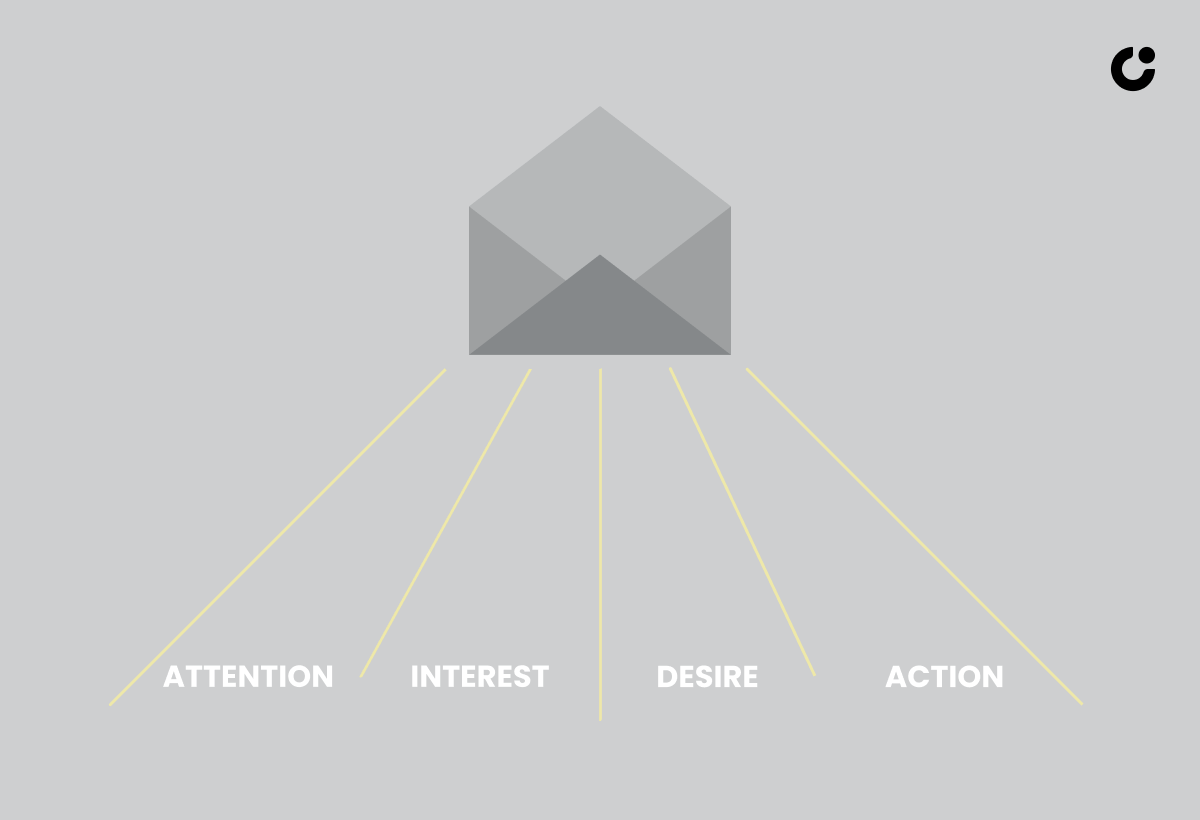Have you ever wondered why some cold emails get impressive response rates while others barely get noticed? The secret lies in the AIDA cold email strategy. This time-tested framework can help you craft persuasive emails that grab attention, build interest, create desire, and inspire action. So, buckle up as we unveil the secrets of AIDA cold emailing and share proven strategies to skyrocket your response rates.
Key Takeaways
Understand the AIDA model and its role in cold emailing to create targeted, persuasive emails that capture attention.
Craft effective subject lines by balancing personalization, intrigue and clarity for increased open rates.
Incorporate social proof, success stories & clear CTAs with urgency but low pressure language to motivate prospects into desired action.
Understanding AIDA and Its Role in Cold Emailing

AIDA, which stands for Attention, Interest, Desire, and Action, is a powerful model for crafting effective cold emails with compelling subject lines. The integration of the AIDA model into your marketing strategy empowers you to better guide prospects along the path to a purchasing decision.
But before you dive into crafting the perfect cold email, understanding your prospect’s needs and pain points is a pivotal step. Gather this information from resources like their blog post, social media profiles, and company website.
Utilizing the AIDA model in cold emailing aids in crafting well-structured and persuasive emails, enhancing your chances of capturing the recipient’s attention and motivating action. With a variety of AIDA cold email templates available, you can experiment and find the one that best resonates with your target audience.
The AIDA Model Explained

The AIDA model serves as a marketing framework, structuring the customer journey. It consists of four stages:
Attention
Interest
Desire
Action
It can be used to create effective cold email templates that engage your target audience. The first stage, Attention, is crucial for the success of your cold email outreach campaign, as it aims to grab the reader’s curiosity by answering the question, “What is it?”.
As for the other stages:
Interest focuses on how to generate interest by presenting a value proposition
Desire aims to transition the prospect’s mindset from “I like it” to “I want it” by building trust
Action encourages the prospect to take the desired action, such as making a purchase or scheduling a call.
Remember, while the AIDA model is well-suited for initial purchases, it may not fully encapsulate the complexity of more intricate buying decisions.
The Importance of AIDA in Cold Emailing
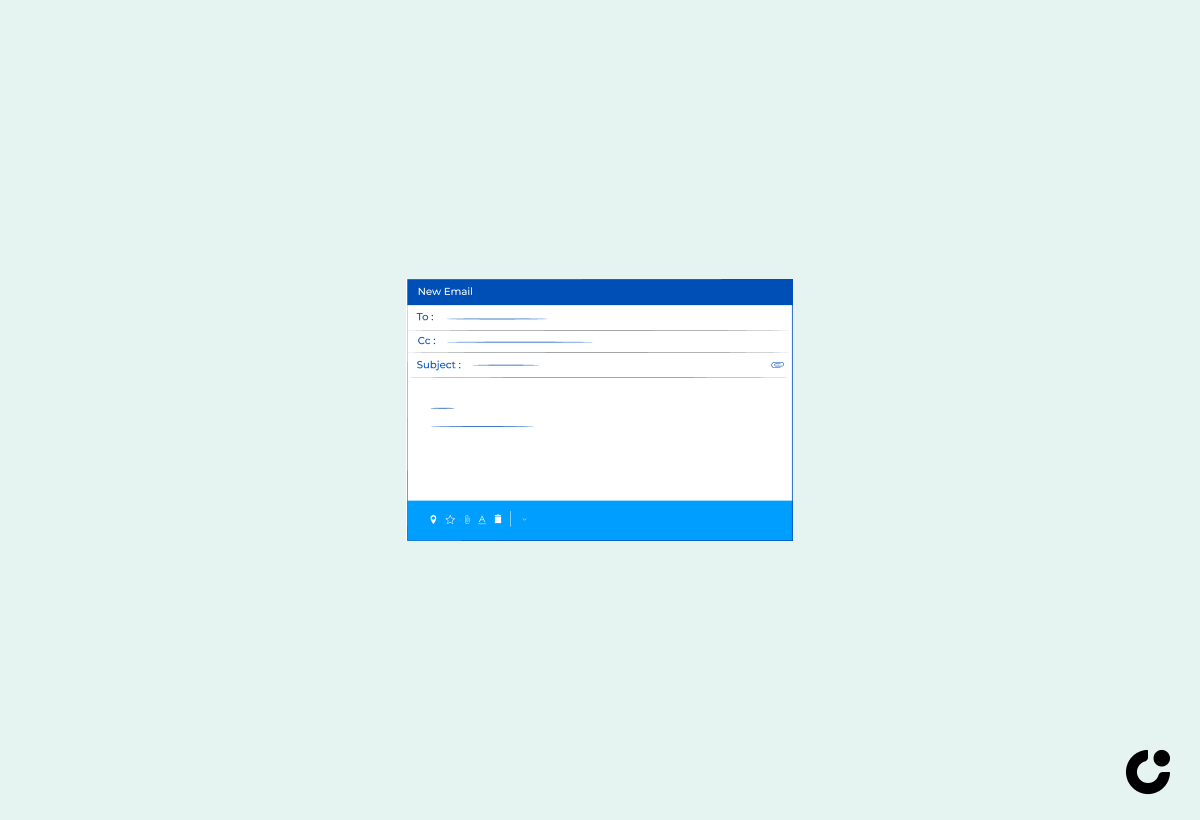
AIDA plays a critical role in cold emailing, aiding in the creation of a structured, persuasive email that engages the recipient and prompts action. By understanding your prospect’s pain points and offering value-driven solutions, you can craft a cold email that not only grabs their attention but also builds trust in your product or service.
Utilizing AIDA in cold emailing also allows you to experiment with various strategies, such as the “paint a picture” cold sales email template, the “straight to business” cold email template, or even the PAS (Problem, Agitate, Solve) formula. By tailoring your approach and incorporating the AIDA model, you can significantly increase the likelihood of a response and ultimately, achieve a higher level of success in your cold email campaigns.
Crafting Attention-Grabbing Subject Lines
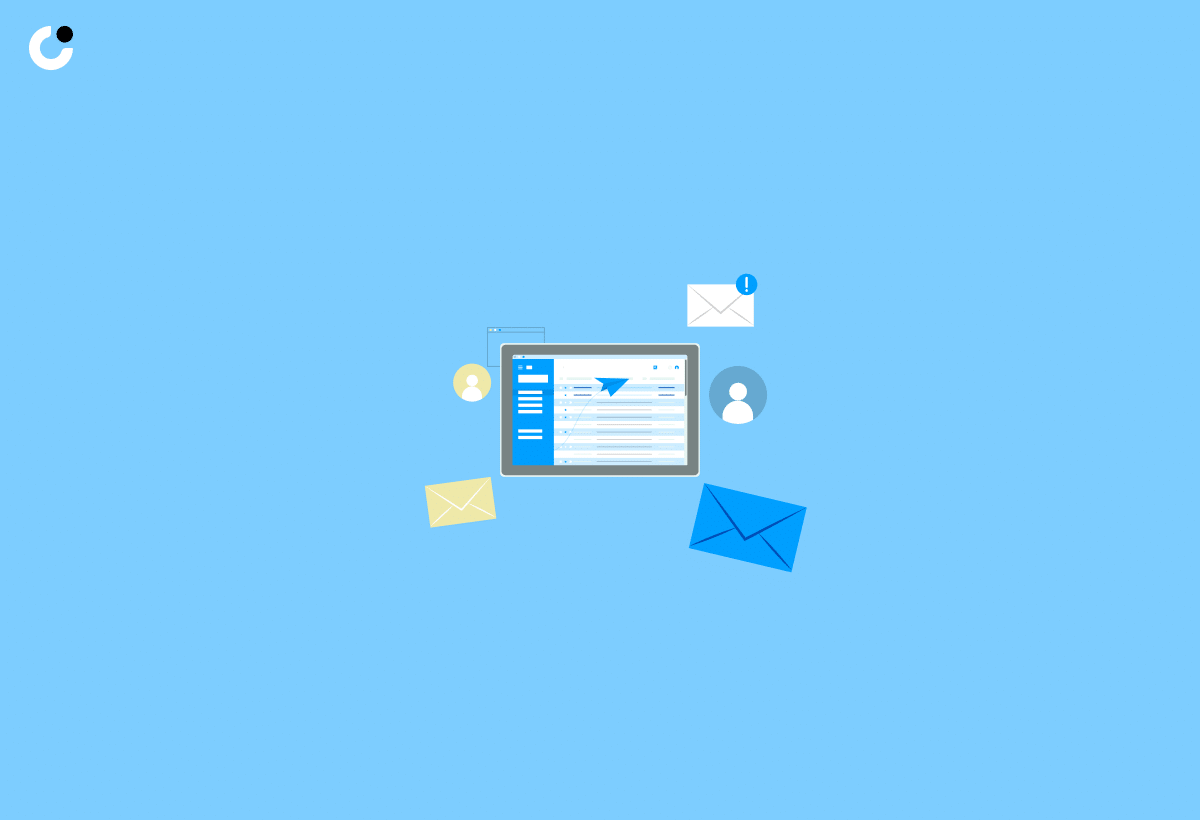
Subject lines play a vital role in cold emailing, as they are the first thing your prospects see in their inbox. If your subject line fails to grab their attention, your email may never be opened. Personalization is essential in cold emailing, as it helps create a sense of comfort for the prospect and establish a personal connection. By personalizing your subject line, you can increase your open rates by an average of 10%.
Another aspect to consider when creating subject lines is balancing intrigue and clarity. Intrigue helps pique the reader’s curiosity and encourages them to open the email, while clarity ensures that the reader understands the purpose of the email. By striking the right balance between intrigue and clarity, your subject lines can effectively engage the reader and increase the likelihood of a response.
Personalization Techniques
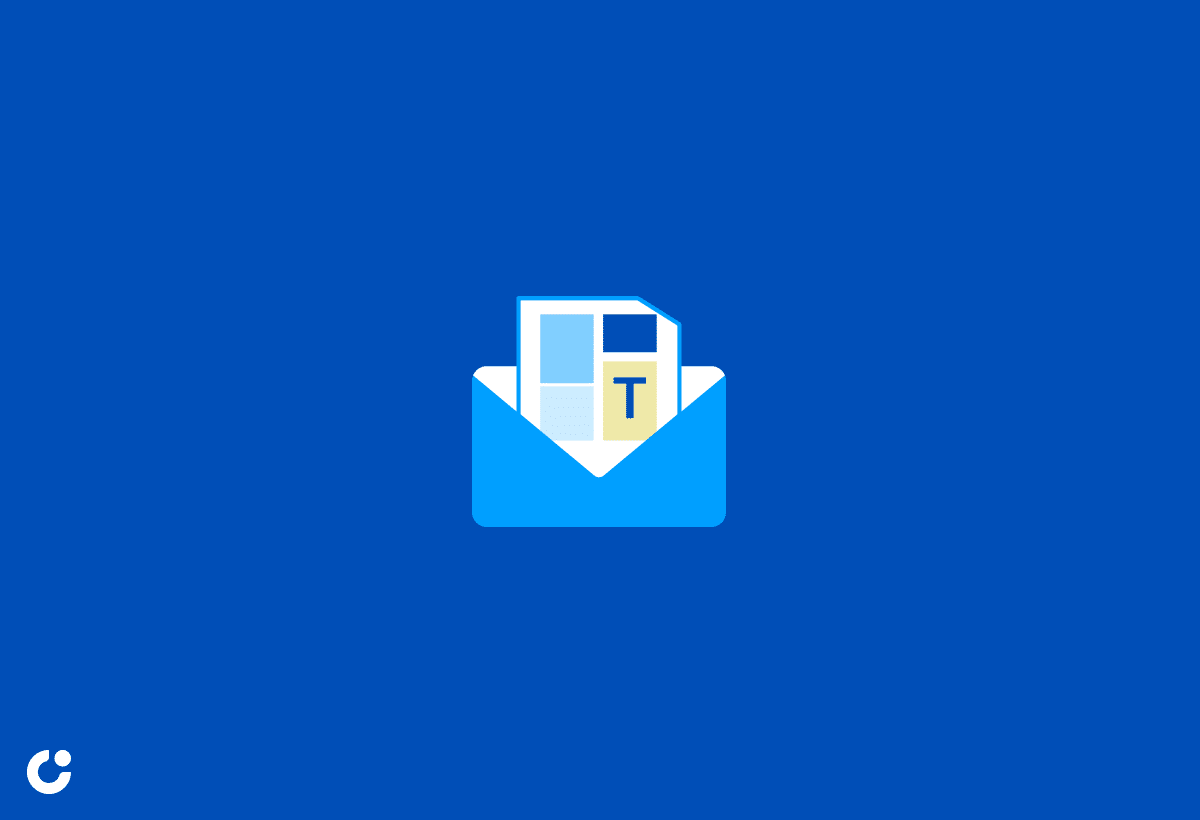
Incorporating the recipient’s name or referencing their company in the subject line stands out as a highly effective personalization technique. This approach demonstrates that you have taken the time to research your prospect, making them more likely to engage with your message.
Additionally, recognizing a prospect’s precise need or problem in the subject line can result in more captivating and relevant cold emails, effectively capturing the prospect’s attention.
However, it’s important to remember that solely relying on AI-based cold email writers or data recitation may not achieve the same level of personalization as comprehending the prospect’s pain points. By focusing on your prospect’s needs and personalizing your subject lines accordingly, you’re one step closer to crafting an attention-grabbing cold email.
Balancing Intrigue and Clarity
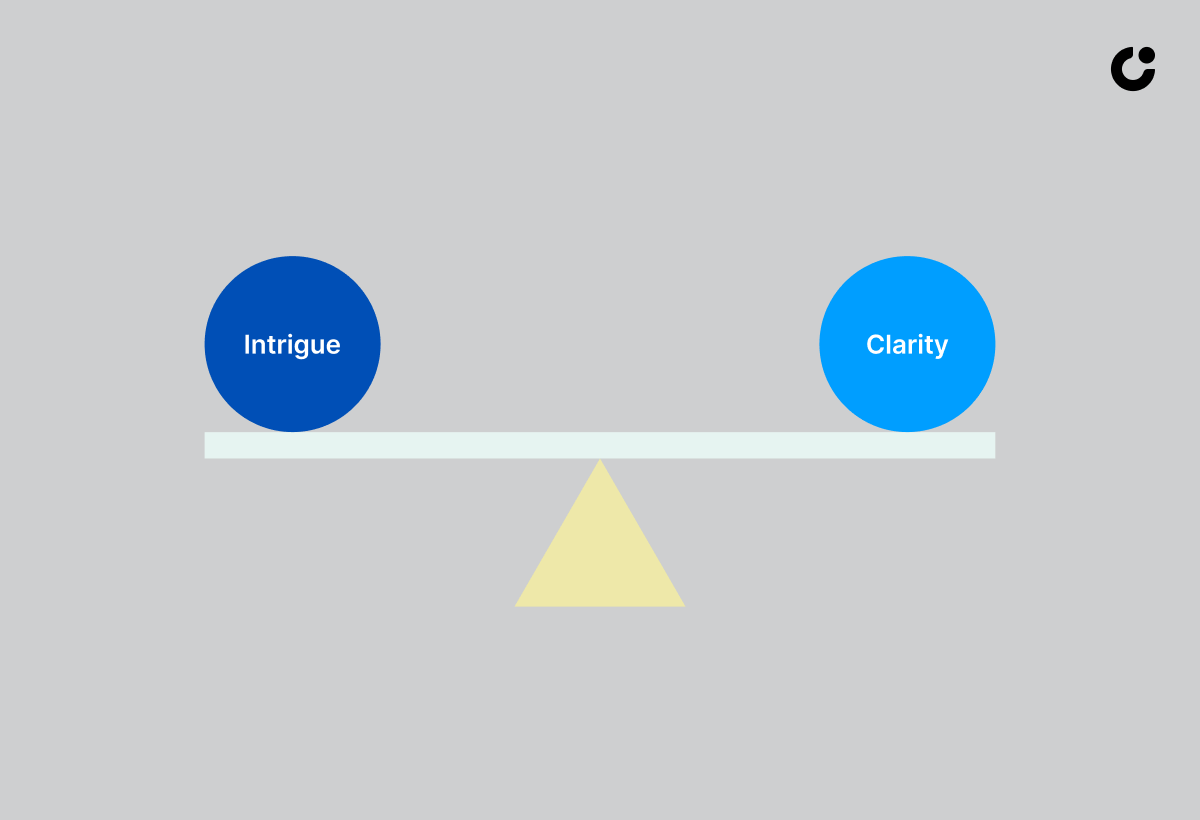
Balancing intrigue and clarity in your subject lines involves sparking curiosity while also relaying the email’s primary purpose. An effective subject line should be both captivating and informative, ensuring that your prospects understand the email’s purpose and are enticed to open it.
For instance, a subject line like “Increase your sales by 50% with our proven strategy” combines intrigue with clarity by mentioning a specific benefit (50% sales increase) and a value proposition (proven strategy). By maintaining a balance between intrigue and clarity, your subject lines can better engage your prospects and improve your cold email’s chances of success.
Building Interest with Compelling Email Content
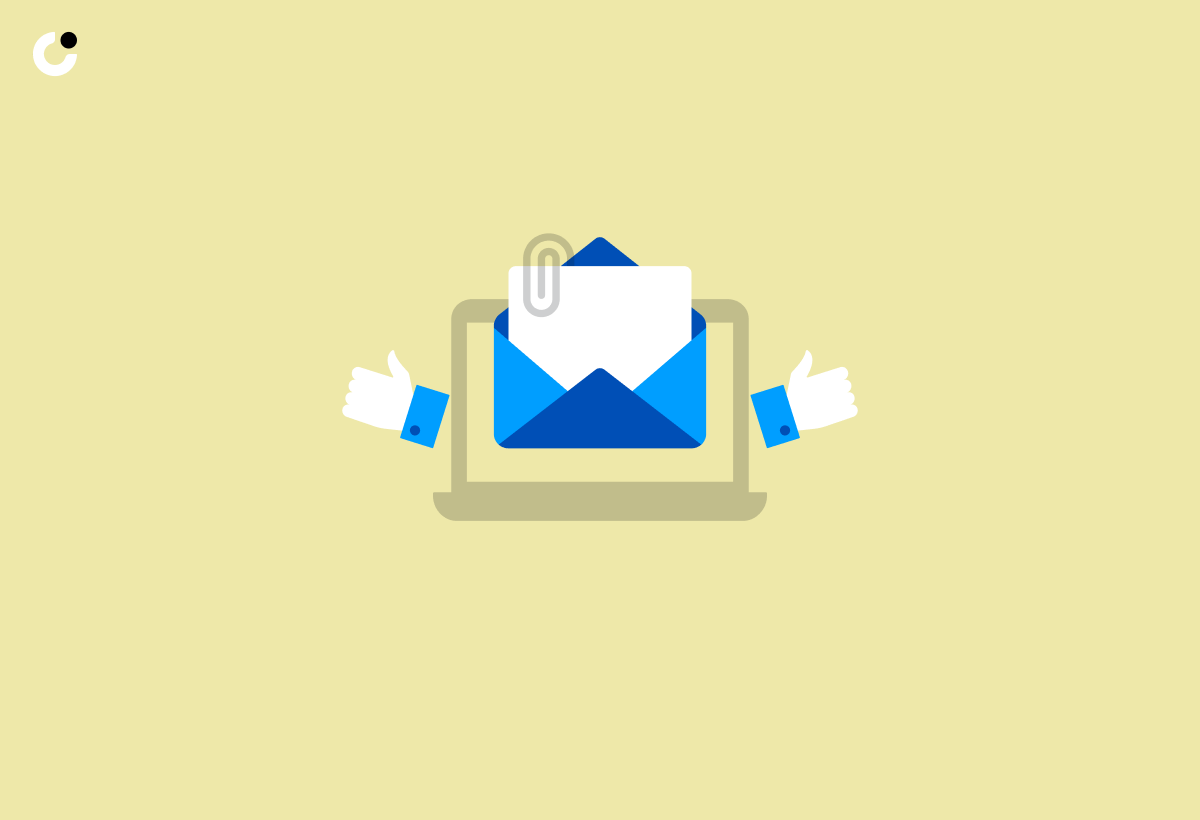
After capturing your prospect’s attention with an engaging subject line, maintaining their interest throughout the email body is key. To build interest, your cold email should focus on identifying the prospect’s pain points and offering value-driven solutions that demonstrate how your product or service can benefit them.
By understanding and addressing your prospect’s pain points, you can create a more engaging and relevant email that not only grabs their attention but also delivers immediate value. This approach will help you build trust and credibility with your prospects, making them more likely to respond to your email and take the desired action.
Identifying Pain Points
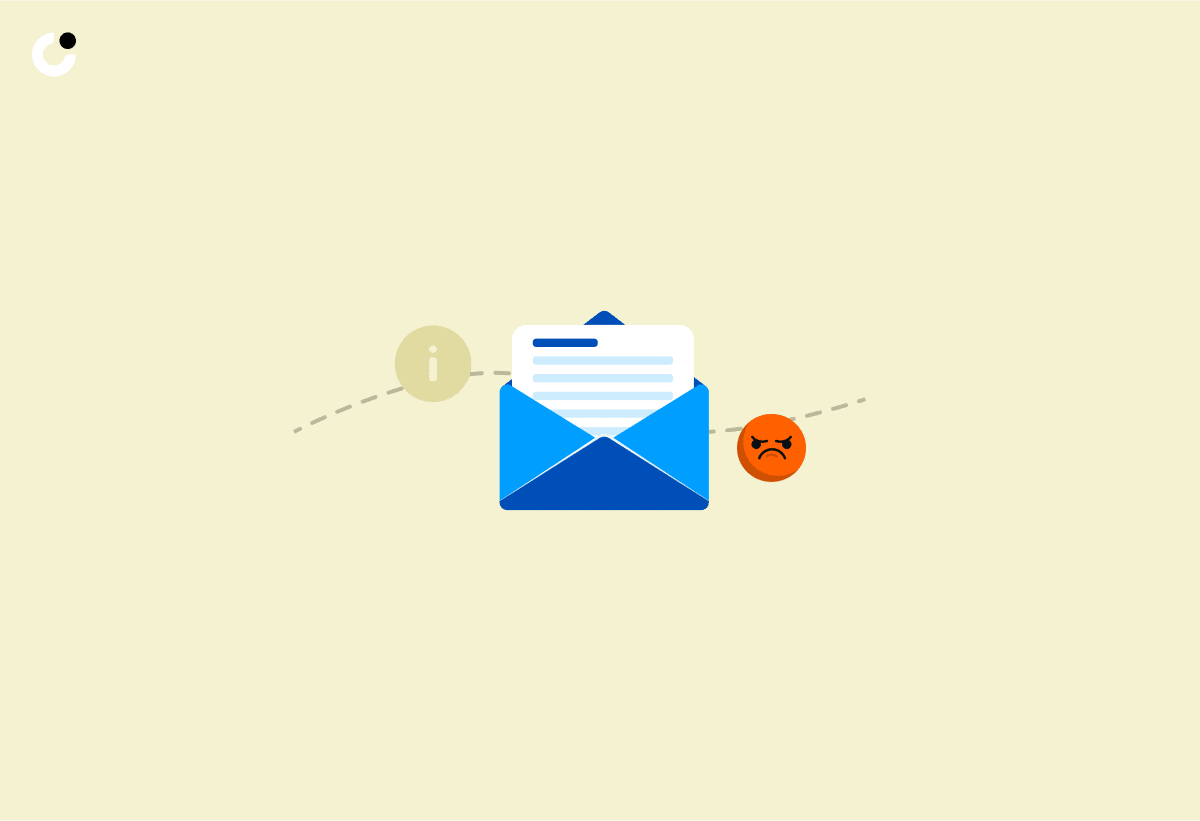
Identifying the prospect’s pain points is a crucial step in formulating an engaging and relevant cold email. By addressing these pain points, you can demonstrate your understanding of their needs and provide a compelling reason for them to engage with your message.
There are numerous ways to identify pain points, such as conducting research on your target audience or using user-oriented sites like Twitter, Google, Yelp, or Facebook. Once you’ve identified these pain points, you can use the PAS (Problem, Agitate, Solve) formula to craft a cold email that effectively addresses the prospect’s problem and offers a solution.
Offering Value-Driven Solutions

To offer value-driven solutions in your cold email, you should:
Provide a clear solution to the problem you’ve identified.
Demonstrate how your offer will address the issue.
Present a value proposition that aligns with your prospect’s needs.
By following these steps, you can increase their interest in your product or service and improve your email’s chances of success.
For example, if you’ve identified that your prospect struggles with lead generation, you could offer a free trial of your lead generation software or share a case study showcasing how your solution has helped similar businesses increase their leads. By offering value-driven solutions, you’re demonstrating your ability to solve your prospect’s problems and increasing their likelihood of responding to your email.
Creating Desire Through Social Proof and Success Stories

Fostering desire within your cold email is a pivotal move in steering your prospect towards the intended action. One effective way to create desire is by incorporating social proof and sharing success stories that demonstrate how your product or service has helped others.
Social proof can come in many forms, such as customer testimonials, case studies, or reviews. Including social proof in your cold email can build trust and credibility with your prospects, making them more likely to desire your offering and take the next steps towards a purchase or engagement.
Incorporating Social Proof
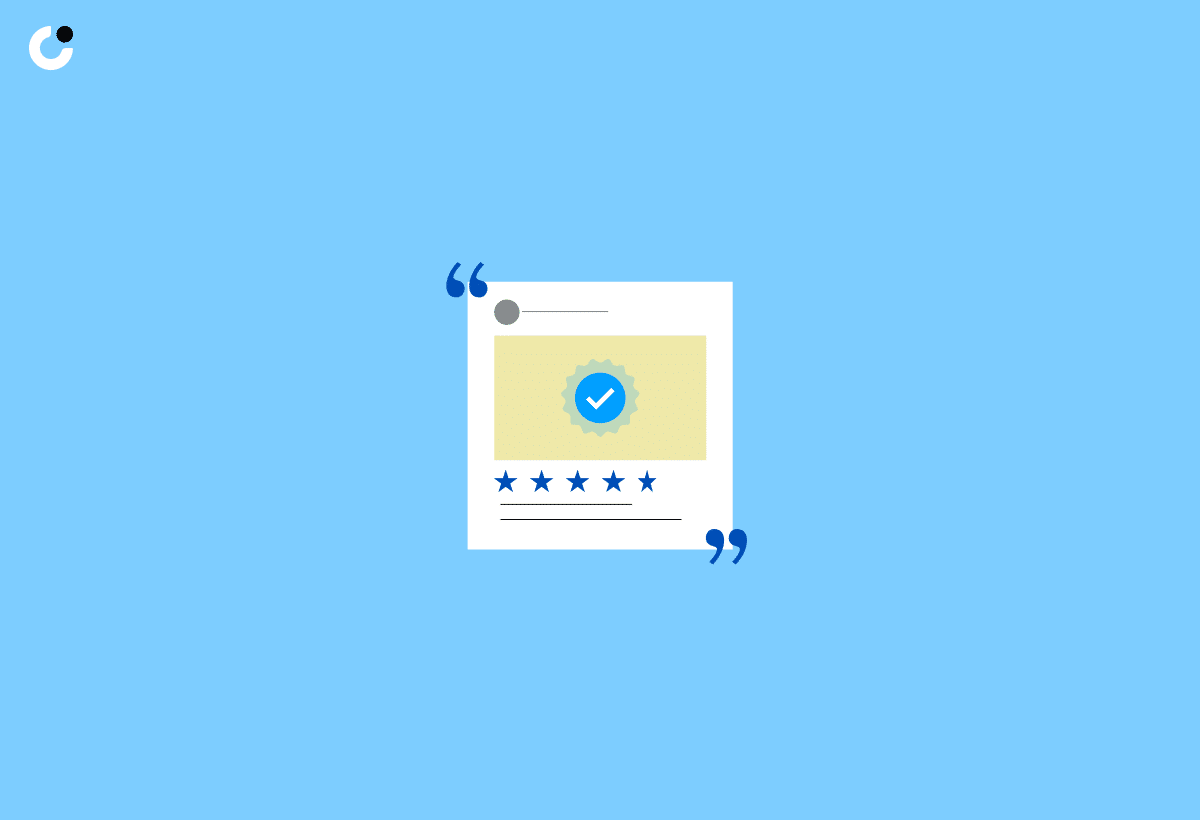
Embedding social proof in your cold email is key to building trust and credibility with your prospects. By sharing relevant examples of how your product or service has benefited others, you can create a sense of comfort for your prospect and establish a personal connection.
To effectively incorporate social proof in your cold email, ensure that the examples you share are pertinent to the prospective recipient. For instance, if you’re targeting e-commerce businesses, you could include a testimonial from a successful e-commerce store owner who has experienced significant growth after using your solution. By providing relevant social proof, you’re further building trust and credibility with your prospect, increasing their desire for your offering.
Sharing Success Stories

Sharing success stories in your cold email can be a powerful way to demonstrate the benefits of your product or service. By showcasing how your offering has helped others, you can make prospects more likely to desire your solution and take the desired action.
For example, you could share a case study that highlights how your CRM software has helped a small business owner increase their sales by 30% in just three months. This success story not only demonstrates the effectiveness of your solution but also provides a compelling reason for your prospect to consider your offering.
By sharing success stories, you’re increasing the likelihood of your prospect taking action and engaging with your product or service.
Inspiring Action with Clear and Persuasive CTAs

After securing your prospect’s attention, cultivating interest, and generating desire, the stage is set to inspire action. Clear and persuasive call to action (CTAs) are essential for motivating your prospect to take the desired action, such as:
making a purchase
scheduling a call
signing up for a newsletter
downloading a free resource
By using compelling CTAs, you can increase the likelihood of converting your prospects into customers.
A well-crafted CTA should not only provide the prospect with the necessary information to take the desired action but also create a sense of urgency to encourage an immediate response. By crafting effective CTAs, you can increase the likelihood of your prospect taking action and ultimately, achieve greater success with your cold email campaigns.
Crafting Effective CTAs
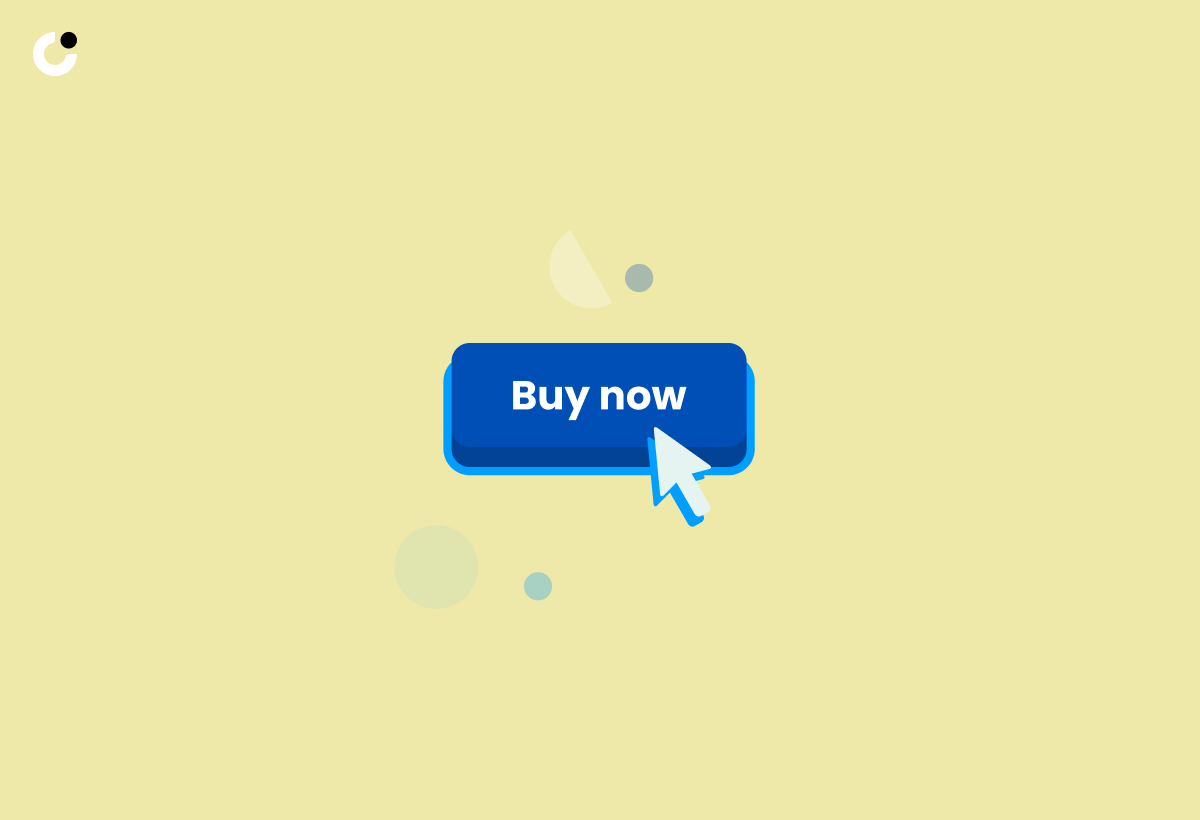
Crafting effective CTAs involves using robust, action-oriented language that transparently communicates the intended action. The CTA should be explicit and succinct, providing the recipient with the pertinent details to take the desired action. Additionally, the CTA should be prominently situated within the email, such as at the conclusion of the email, to ensure that the prospect doesn’t miss it.
By creating a CTA that is both compelling and easy to understand, you can increase the likelihood of your prospect taking the desired action. Remember, your goal is to inspire action, so make sure your CTA stands out and provides a clear next step for your prospect.
Balancing Urgency and Low Pressure
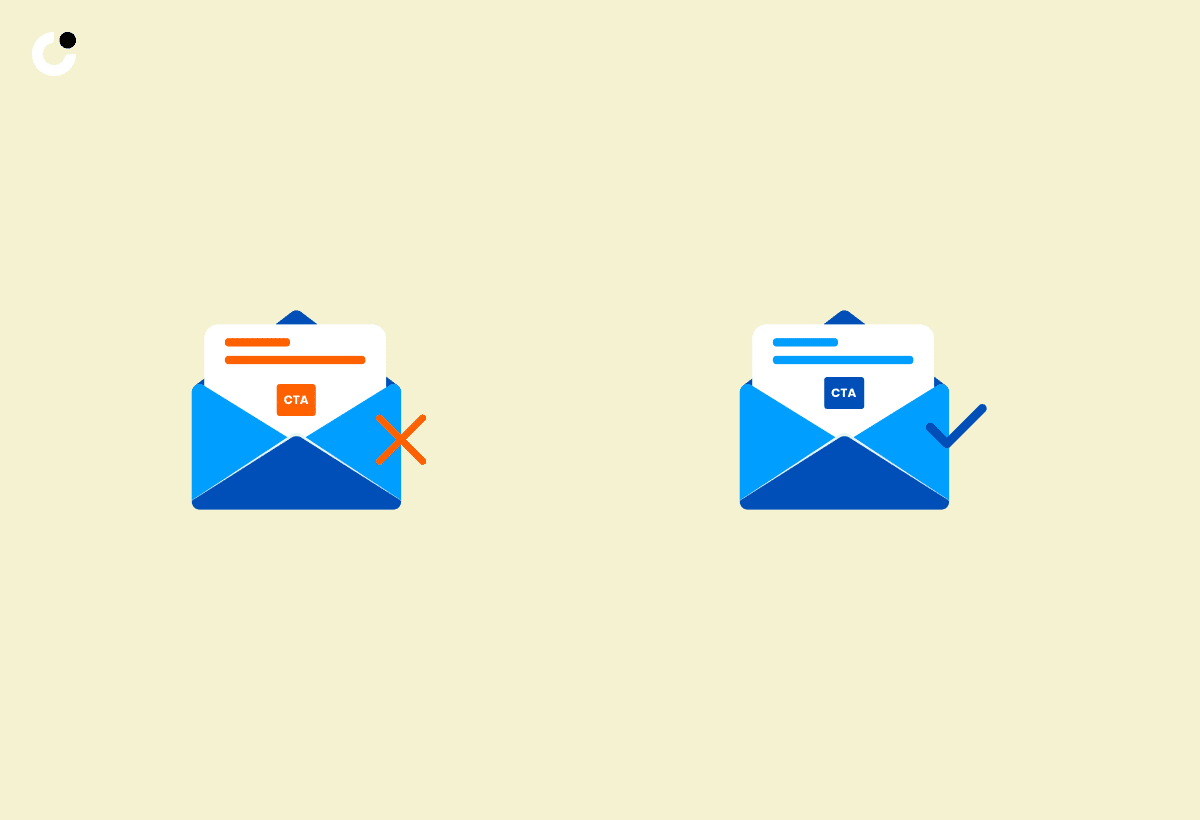
Though instilling a sense of urgency can spur immediate action, balancing this urgency with low-pressure language is vital to prevent overwhelming or pressuring your prospects. By taking a low-pressure approach, your CTAs can provide value and benefits to your prospects without making them feel forced or manipulated.
For example, instead of using aggressive language like “Buy now or miss out!”, you could opt for a more low-pressure approach such as “Discover how our solution can help you grow your business today.” This CTA still communicates the benefits of your offering while creating a sense of urgency, but it does so without making your prospect feel pressured or manipulated.
Summary
In conclusion, the AIDA cold email strategy is a powerful tool for crafting compelling emails that grab attention, build interest, create desire, and inspire action. By understanding the AIDA model, personalizing your subject lines, addressing pain points, incorporating social proof, and crafting clear and persuasive CTAs, you can significantly improve your response rates and achieve greater success with your cold email campaigns. Remember, the key to a successful cold email lies in delivering value to your prospects while keeping their needs and interests at the forefront of your messaging.
Frequently Asked Questions
What is the AIDA model for cold email?
AIDA is a popular copywriting formula, comprising Attention, Interest, Desire and Action, which helps to nurture a cold prospect into a warm lead. It's effective at creating interest and desire in your email recipients, and persuading them to take action.
Is cold emailing illegal?
Cold emailing is not illegal, as long as businesses comply with relevant regulations. However, unsolicited emails can lead to damaging a business's reputation and recipients marking emails as spam or unsubscribing.
How do you write a cold email that converts?
To write a cold email that converts, craft an intriguing subject line, introduce yourself and explain what you're offering in a clear, concise way. Explain the benefits to the recipient, emphasize their pain points, and offer incentives or credibility as needed. Keep your message personal and focused on the reader's needs.
What does AIDA stand for?
AIDA is an effective marketing framework consisting of Attention, Interest, Desire, and Action which can be used to create engaging cold emails.

